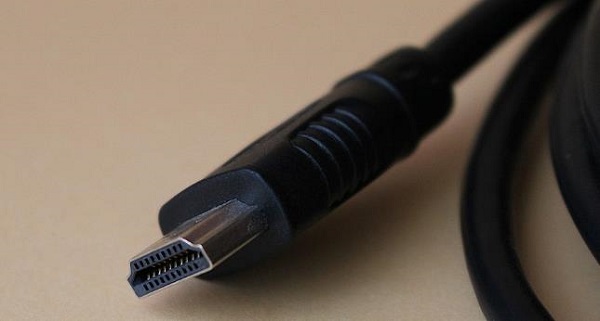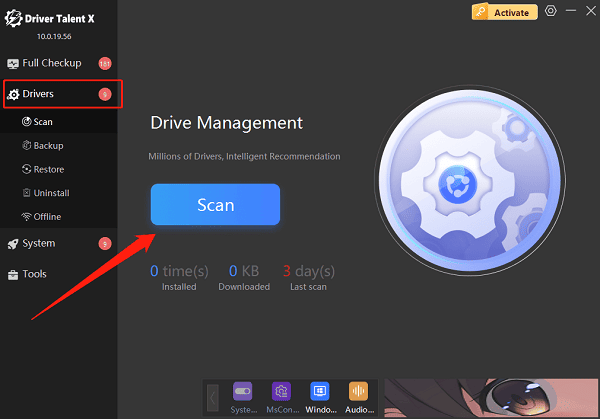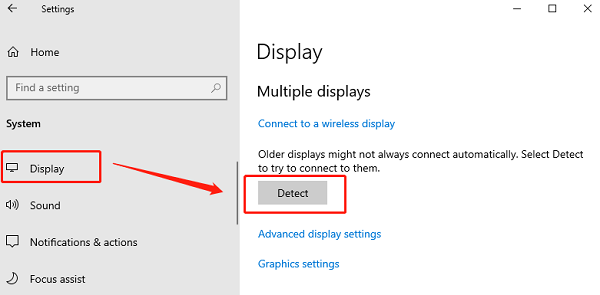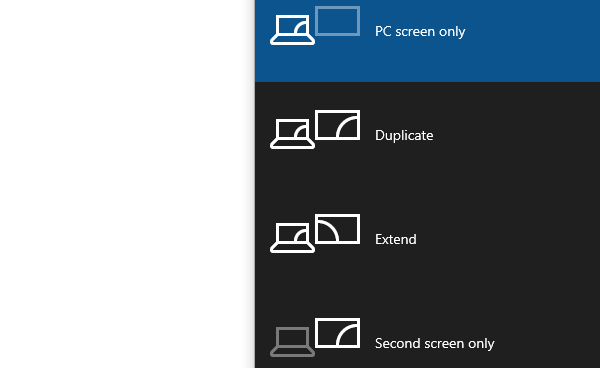Many users experience a frustrating issue when connecting their hp computer to an external monitor: the screen shows "No Signal". This problem can disrupt both work and entertainment.
In this article, we'll explore the common causes and share practical solutions to help you restore normal display output quickly.
Common Causes of "No Signal" on HP Monitors
Loose or faulty monitor cable
Incorrect input source selected on the monitor
Outdated or faulty graphics drivers
Hardware failure (monitor or computer)
Incompatible resolution or refresh rate settings
BIOS misconfiguration
Step-by-Step Solutions to Fix HP Monitor No Signal Issue
1. Check Hardware Connections
Inspect the cable: Make sure your HDMI, DisplayPort, VGA, or DVI cable is in good condition with no signs of damage or loose connectors.

Reconnect the cable: Unplug and firmly reinsert both ends of the cable.
Try a different cable: Use a backup cable to rule out cable faults.
2. Update Graphics Drivers
Drivers are essential for system stability and performance. It's recommend to use Driver Talent X, a reliable driver manager that automatically detects, downloads, and installs the correct drivers for your system.
Click the Download button to install the latest version of Driver Talent X.
Launch the program and go to the Drivers tab. Click "Scan" to detect outdated or faulty drivers.

After the scan, click "Upgrade" next to the graphics driver.
Restart your computer to apply the changes.
3. Check Monitor Input Source
Use the monitor's built-in menu to find "Input Source" or "Signal" Selection.
Manually switch to the input type your computer is using (HDMI, DP, VGA, etc.).
4. Adjust Display Settings
Right-click on the desktop and select "Display Settings".
If the monitor is not detected, click the "Detect" button.

Set the resolution to the monitor's recommended value.
Under "Multiple Displays", select Extend these displays or Duplicate these displays.
5. Restart Devices
Shut down both the computer and monitor.
Unplug all cables and wait for 1–2 minutes.
Reconnect everything securely, turn on the monitor first, then the PC.
6. Switch Display Mode
Press Win + P to open the projection menu.
Choose "Second screen only" or "Duplicate" to direct output to the monitor.

7. Check BIOS Settings
Press F2, Del, or Esc during startup to enter BIOS (varies by model).
Look for graphics or display-related settings.
Ensure the dedicated graphics card is enabled and video output is active.
Save and exit BIOS, then reboot the system.
Frequently Asked Questions (FAQs)
Q1: My HP laptop screen works, but the external monitor shows no signal. What should I do?
A: Press Win + P, then select Duplicate or Second screen only. Also, check that the monitor's input source matches the cable connection.
Q2: I replaced the display cable, but there's still no signal. Why?
A: This may indicate a graphics driver issue or hardware fault. Try updating your graphics drivers. If the issue persists, seek professional hardware diagnostics.
Q3: The monitor is detected but shows a black screen. What now?
A: Likely due to an unsupported resolution or refresh rate. Adjust these settings to match the monitor's specifications, or reset the monitor to factory defaults via its menu.
"No Signal" issues on HP monitors are commonly caused by connection errors, outdated drivers, or misconfigured settings.
By following the above steps, such as checking cables, updating drivers and adjusting display modes, most problems can be resolved quickly.
If none of the solutions work, consider a hardware inspection or professional repair to ensure your device operates smoothly and efficiently.
